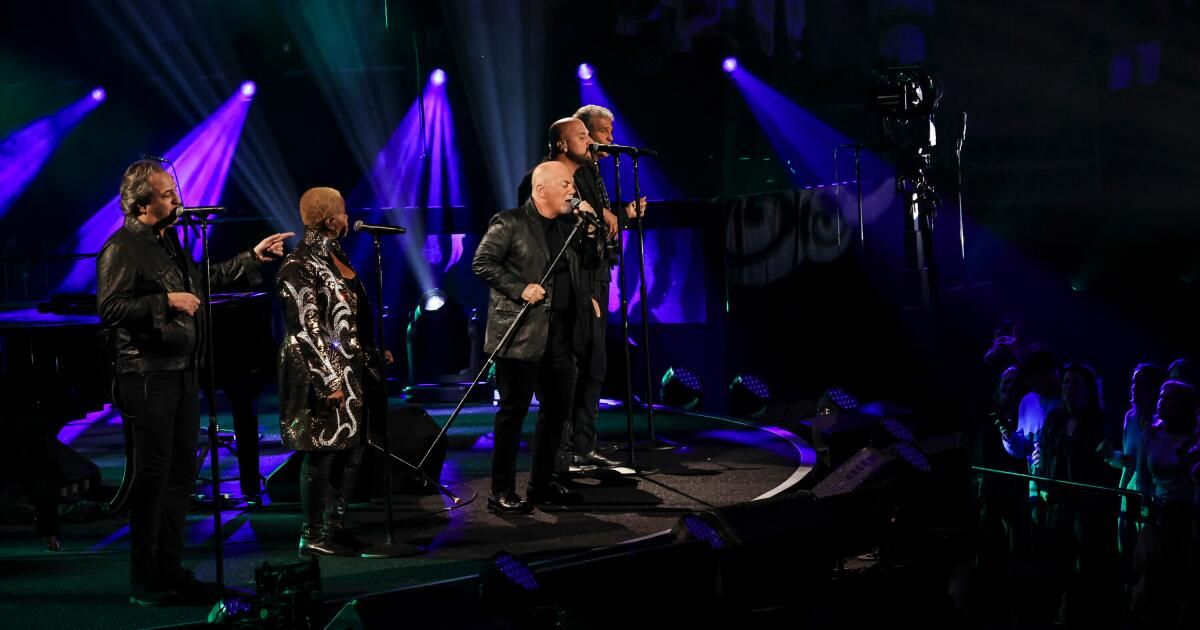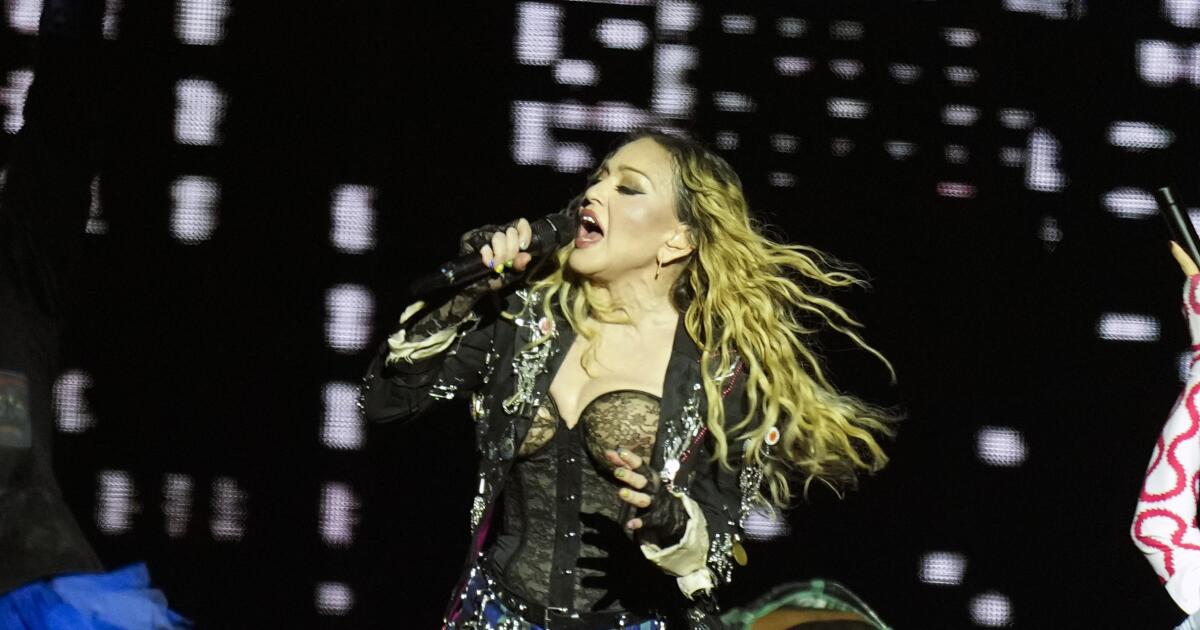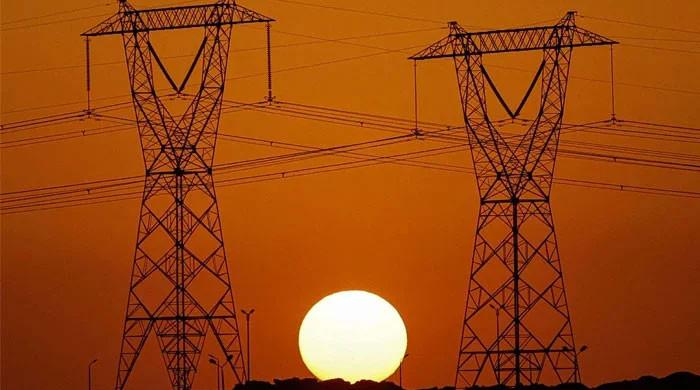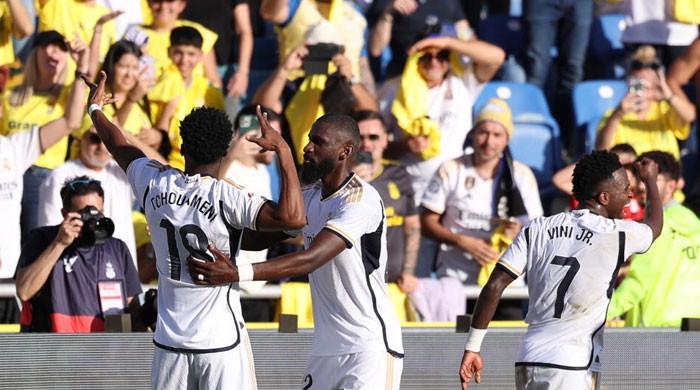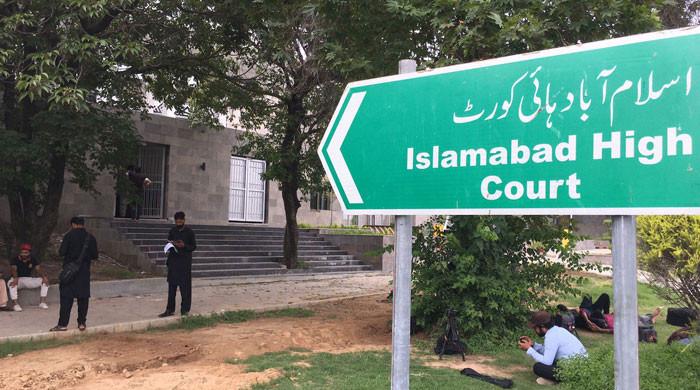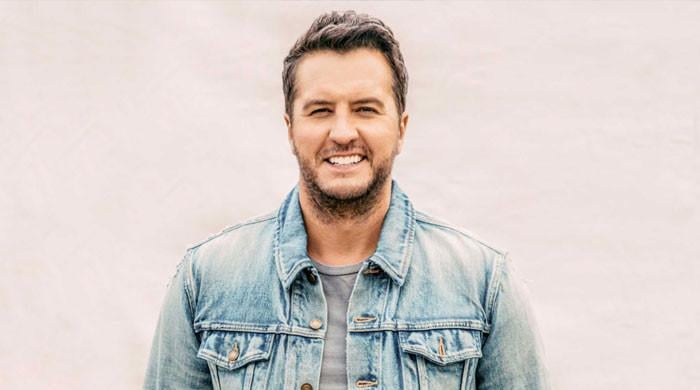Few musicians can say they celebrated their 75th birthday by blowing out the candles on a cake right before putting on a 140-minute show in front of a sold-out crowd at Madison Square Garden.
Billy Joel can, however, and that's what he did before his May 9 show at the legendary venue. He has been setting records and milestones at MSG since he began the monthly residency in 2014, a streak interrupted only by the pandemic lockdown and which will conclude in July after a total of 150 performances. Yes, Taylor Swift's Eras tour reset the bar for modern concert entertainment, but as Joel has proven time and time again for 10 years (or so), sometimes all you need is a guy at the piano on a motorized turntable and a roaring backing band to rock in the house.
“No one anticipated this would last 10 years,” says Steve Cohen, Joel's creative director, who wears many hats. Both Cohen and sound engineer Brian Ruggles have been with Joel for over 50 years. “That is unheard of. “He's kind of a unicorn… and I think with Billy it was a perfect storm.”
For those who couldn't make it to the Garden before the residency ends next month, the 100th show was captured by CBS as “The 100th: Billy Joel at Madison Square Garden — the Greatest Arena Run of All Time,” and featured guests like Sting and Jerry Seinfeld. It was Joel's first concert special on network television, and despite a timing error that ended the broadcast midway through “Piano Man” (and prompted a rebroadcast by CBS), it has since become one of the most watched specials of 2024, with almost 10 million viewers.
As the man behind the man, Cohen is one of the executive producers of “Greatest Arena Run.” He knows perfectly well how big the army of team behind the scenes must be, not only to make the concert possible but also to turn it into a television special for millions of viewers.
“You can't shoot a [concert] “The way it looks because the camera doesn't see like the naked eye does,” Cohen says. “You go in and analyze this show that's been played 99 times, look at each of the songs and make a plan for how to modify them for television.”
“You can't shoot a [concert] “The way it looks because the camera doesn't see it like the naked eye sees it,” says Steve Cohen, Billy Joel's longtime creative director. “You go in and analyze this show that's been played 99 times, look at each of the songs and make a plan for how to modify them for television.”
(Myrna Suárez / CBS Entertainment)
Cohen explains that they moved the show to a rehearsal space in Pennsylvania so they could turn it back on for the cameras, among other shifts. “We didn't change the show so much as we took it and made 10 million people watch it and they couldn't come see it on a plane,” Cohen adds. “I was very harsh about it. We really fought for this. I think we even came [in] a little under budget.”
Joel had some requirements of his own for any show, live or on television. “I need to be able to see my band,” he writes in an email. “That is essential. We set up at the end of the arena and sell out all the seats behind. A pianist stands sideways, so all those seats are good seats. Also I have [a] turntable, allowing me to look in any direction at any time. I control that too (which sometimes scares the team!).”
That said, the show Joel traditionally hosts at the residency (usually two to two and a half hours) had his hair cut (up to about 88 minutes in the two-hour special), so Cohen tried to choose moments that were representative of all Joel's shows. “We had to take this big two-and-a-half-hour thing and boil it down to its essence, giving the audience the feeling that they were in the audience.”
The images were also fundamental to the show. Attending Joel's show in person means you're watching a group of musicians from a distance, so to keep things flowing and engaging, several narrow screens display photos, animations and graphics along with shots of the musicians on stage.
“I imitated a city skyline,” Cohen says of the display collection, “with 'buildings' of different heights, to imitate New York. I used the images as impressionistic moments. “They are really a visual complement.”
But there are not many things that can be considered innovative. “At Billy World we're kind of old school,” she says. “It's analog, there's no sampling, there's no click tracks. As Billy often says, when they make a mistake, it's a real rock 'n' roll mistake. It keeps us on our toes, in the game and engaged.”
That said, cutting the 100th stage before the end was No very rock 'n' roll, says Cohen. “The initial reaction was fury (it has to be done right), but then CBS did the most notable thing. I got a call from high up and they were mortified. He said, 'We'll broadcast it on Friday and promote it like it's never been seen before.'” And thanks to the broadcast, Cohen says, “we got another 4 million eyes on it.”
After all, it's still rock 'n' roll. While the television concert remains a permanent representation of a notable live show (one that is unlikely to be duplicated in the near future, even by someone like Taylor Swift), Cohen and Joel agreed that the 150-show mark It was the appropriate time to call for an arrest.
“Billy likes to come off the field a winner,” Cohen says.
“I never wanted to stay longer than expected,” notes Joel. “I thought, 'Ten years is enough.' For now….'”

